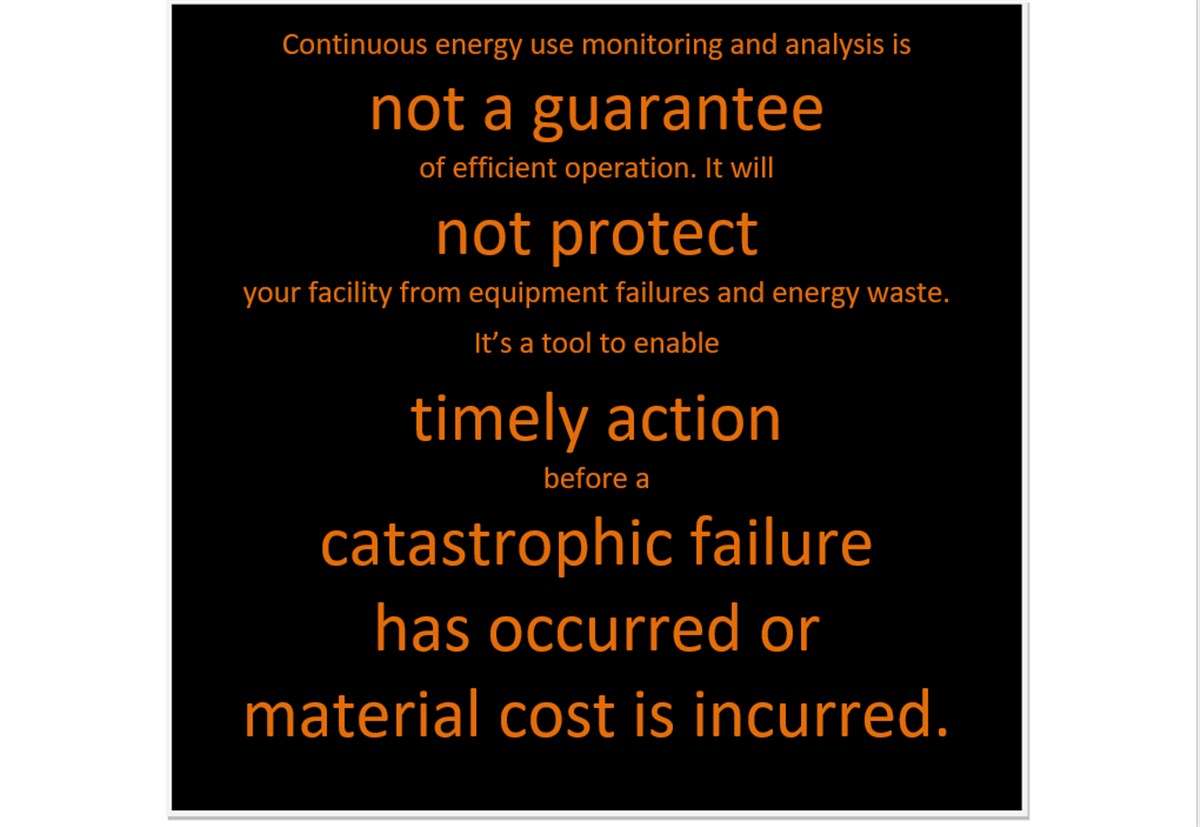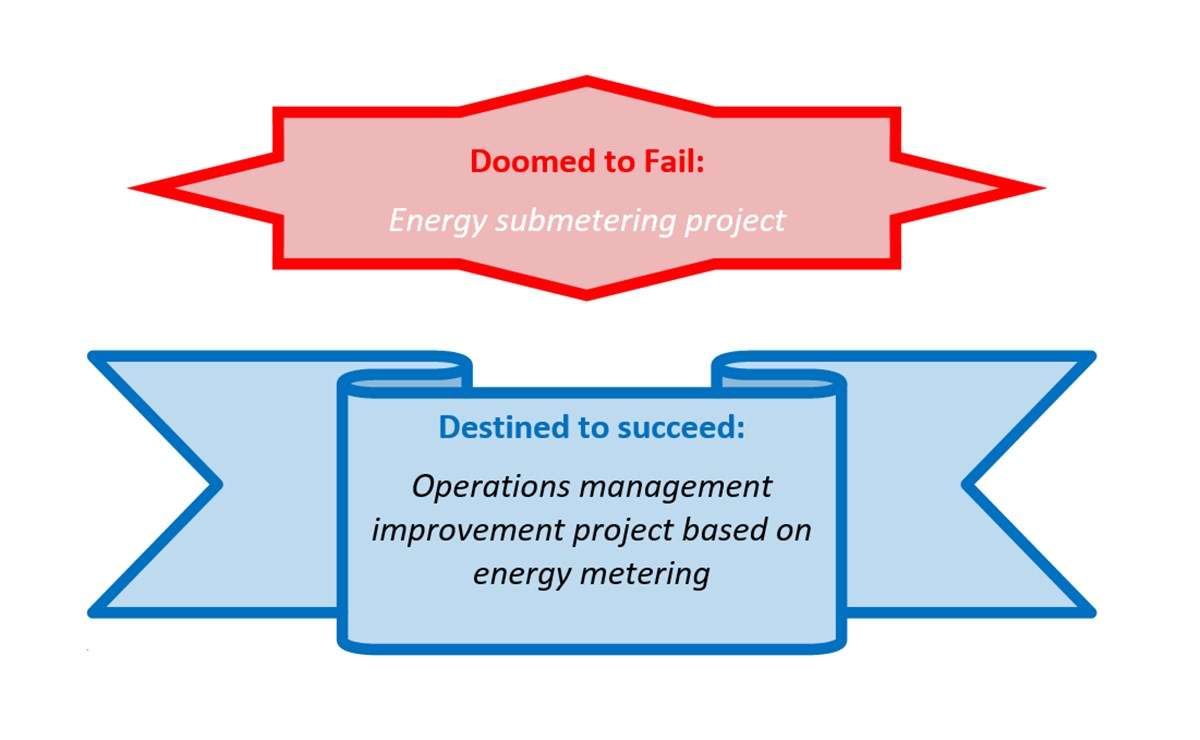Steam is one of the most expensive forms of energy at most manufacturing plants. Powerful boilers produce lots and lots of it. Surely a couple of small leaks cost next to nothing, right? Here is a simple way to assess what damage a leak makes to the bottom line.
Idea of this post came from Vilnis Vesma, Director of Degree Days Direct Ltd, UK. I adapted it from here with his kind permission.
Let’s take a household kettle – a simple electric boiler. To produce a stream of steam it uses 2.5kW of electricity. Through 8760 hours per year this kettle would use 21,900 kWh of electricity thus accumulating a cost of $2,628 at $0.12 per kWh. Plants do not use kettles, typically not even electric boilers. Plants typically use gas boilers instead. It’s well known that 1 kWh of heat coming from a gas boiler cost about 1/4 of the cost of electricity needed to produce the same amount of heat. So, a stream of steam similar to one coming from a household kettle costs plant close to $700 per year. (Let’s keep efficiency out of this calculation for simplicity, not because it’s otherwise unimportant.) For a typical plant with a Gross Profit Margin of 10% it will take $7,000 in sales to offset this single steam leak.
If you think this is nothing – please send me $700 on Christmas or $7,000 worth of your product for every such small leak at your plant.







Leave A Comment